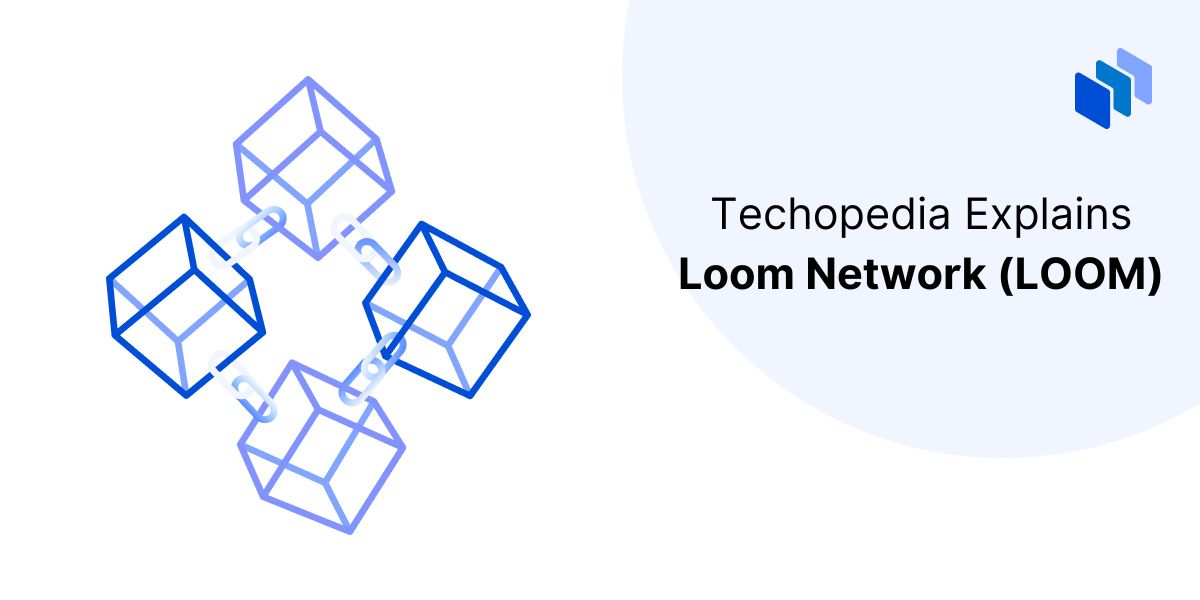
Loom Network is a platform-as-a-service (PaaS) blockchain network that aims to help developers create their own custom-made decentralized applications (dApps) for large-scale operations. The network recognizes that each dApp has unique requirements for consensus methods and security measures, so it allows developers to make and implement their own rules based on the defined objectives of their protocols. This gives developers the freedom to build dApps that meet specific needs and use cases without feeling restricted.
The network is built on top of Ethereum as a layer-2 protocol, aiming to address the scalability issues faced by the Ethereum network. It offers high-speed development and transaction processes for blockchain-based applications, with a user experience that is similar to that of traditional applications.
In its early days, Loom Network focused on creating decentralized networks for social media and gaming. Projects like SocialChain and GameChain gained significant attention during this phase. However, the network has since shifted its focus to more enterprise-driven applications and expanded its offerings to include platforms like PlasmaChain and DAppChain.
So, how does Loom Network work? The platform is optimized for scaling blockchain-based applications that require fast transaction validation and a smooth user experience. It relies on a framework inspired by the Plasma network, which includes a Software Development Kit (SDK) and a delegated proof-of-stake (DPoS) consensus algorithm.
The SDK simplifies application development on the blockchain network, allowing developers to build a wide range of permissionless applications without the need for advanced knowledge of the Ethereum blockchain. The DPoS consensus algorithm is a modified version of the proof-of-stake (PoS) system and focuses on voting and delegation systems. Users can delegate their tokens to validators, who validate transactions on their behalf. This system allows for faster transaction finality and enables developers to build applications with a 1-second transaction finality instead of the 15 seconds on the Ethereum network.
At the center of Loom Network’s operations is the LOOM token. This digital token allows developers to cover the costs of hosting their dApps on the blockchain protocol. Additionally, LOOM tokens can be staked to secure the network, used for governance voting, and delegated to validators to create new blocks on the network.
Loom Network was founded by three software developers – Matthew Campbell, James Martin Duffy, and Luke Zhang. It started with the launch of Crypto Zombies, an online coding school for developers to learn how to build Ethereum dApps. The network came into production in 2018 with its Basechain mainnet, focusing on social media and gaming apps. In 2019, Loom Network announced plans to create a multichain called PlasmaChain, allowing users to build network-agnostic and interoperable apps on various blockchain protocols.
What sets Loom Network apart is its provision of dApp development templates that empower builders to create and implement solutions that meet specific needs. The platform also offers a similar user experience to traditional applications, making it easy for newcomers to onboard. Additionally, Loom Network is multichain and interoperable, allowing users to interact with different blockchain networks.
Overall, Loom Network is a multichain interoperable blockchain protocol that addresses the scalability issues faced by Ethereum. It offers developers the freedom to build custom dApps and provides a user-friendly experience similar to traditional applications. With its speed and expanding use cases, Loom Network is positioning itself as a solution for onboarding the world into blockchain technology.






